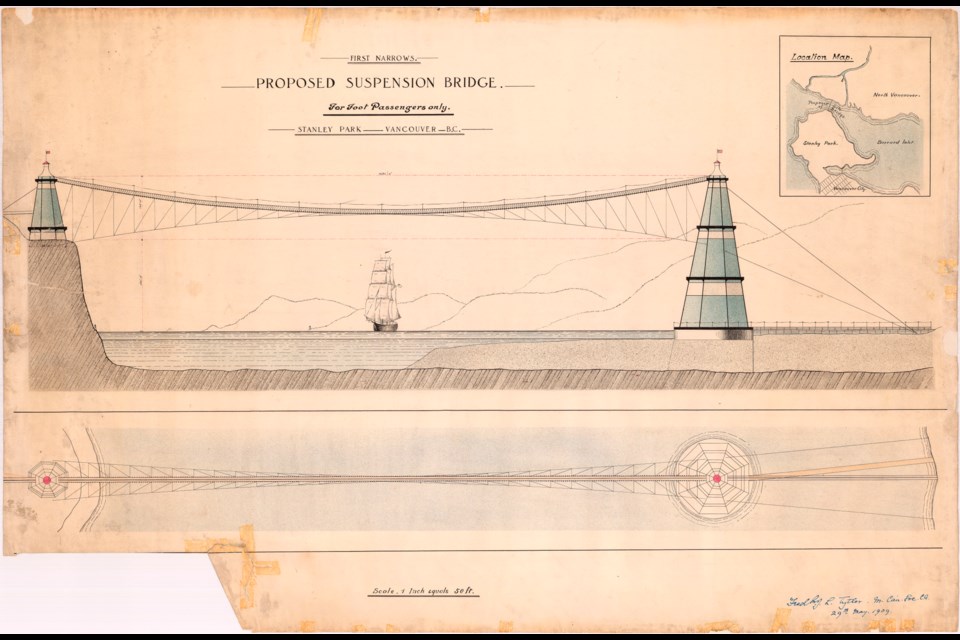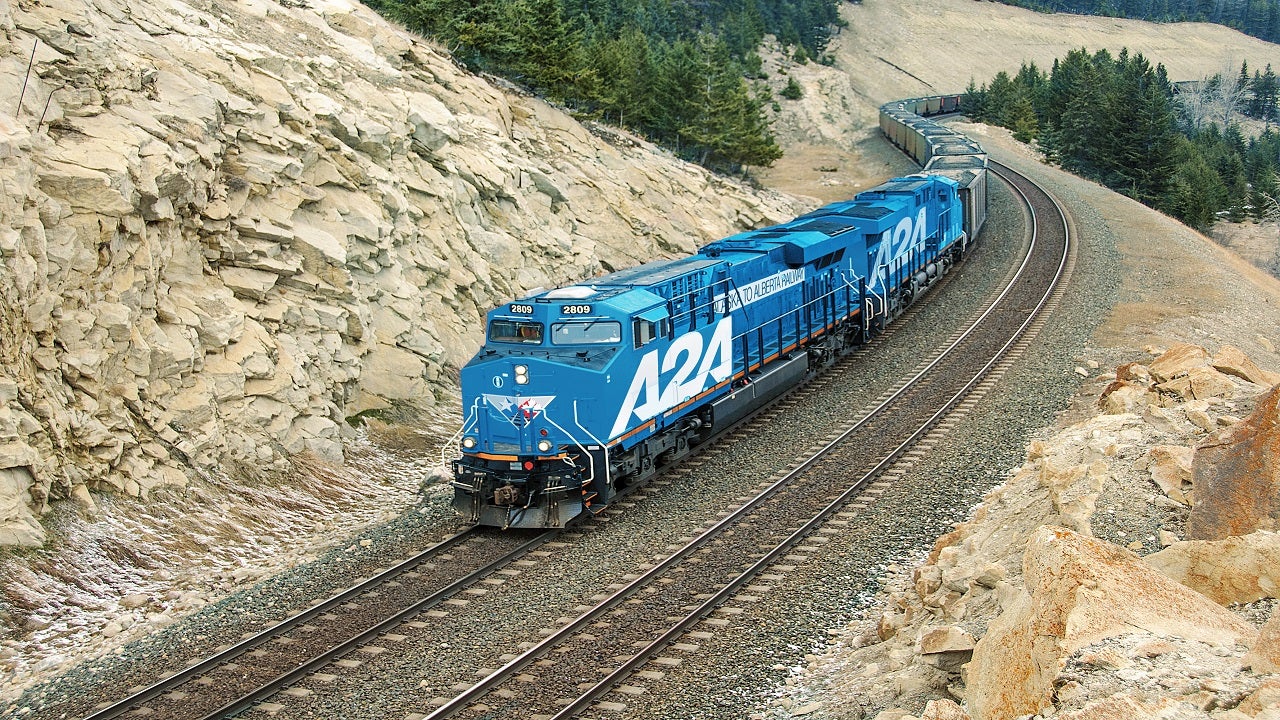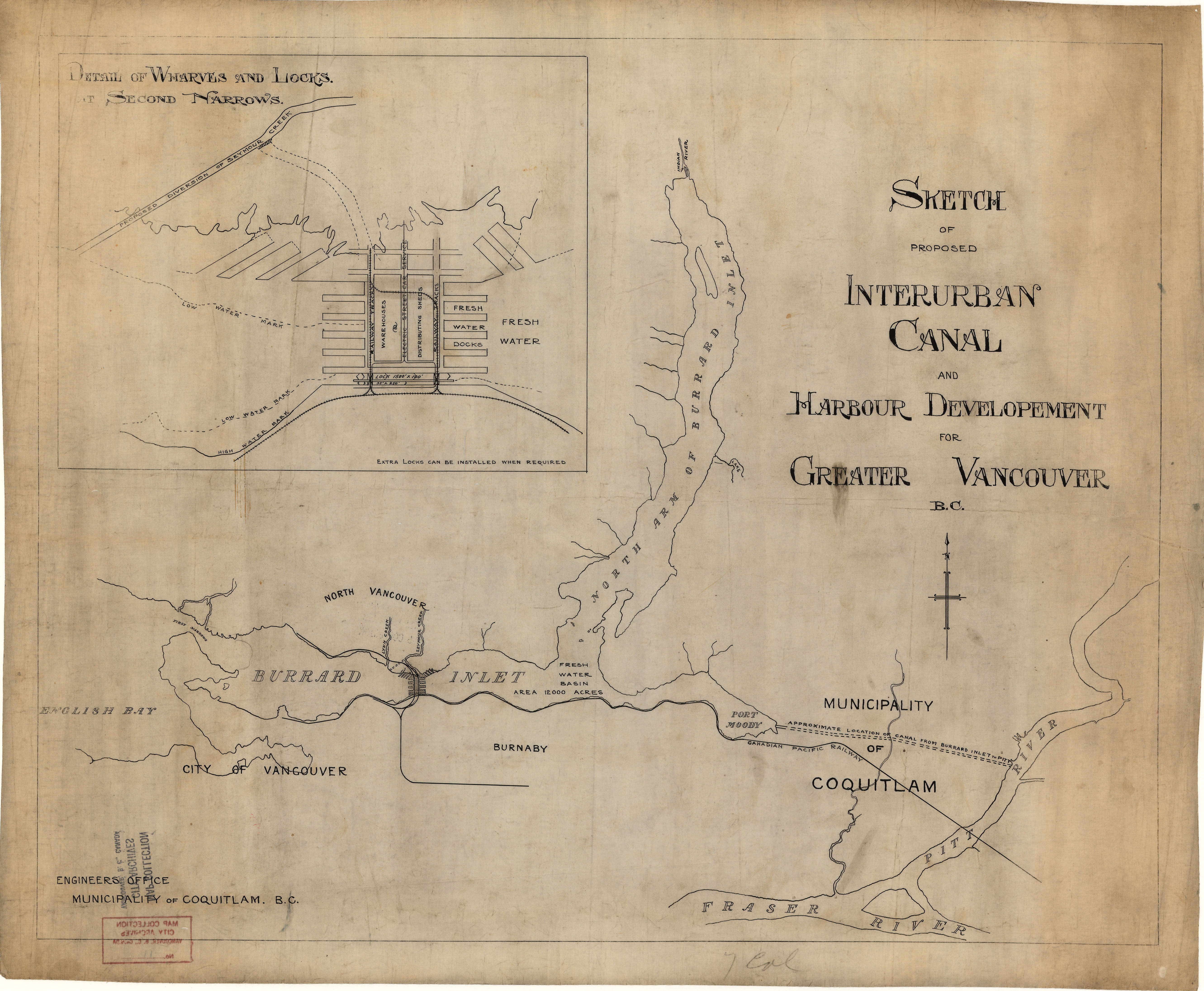On the Mid-Canada Corridor idea (which I agree is a very interesting idea that if it had been implemented would likely have solved a few problems Canada is grappling with today), I think the best way to proceed on that front is to start with expanding the intermediate communities that would be the bases of the project. Whitehorse, Fort Smith, Fort McMurray, Flin Flon, Thunder Bay, Timmins or Val D'Or (or both) and Labrador City would be the logical places to start, as well as Prince Rupert, Sudbury and North Bay, and I'd also make for a highway connection to Churchill and build the Port Nelson project.
This would be a HUGE project, and even with the developments there you need to make a reason for people to move up to these places - but with the reasons many of these places exist (the iron mines of Labrador and northern Quebec, for example) it would be logical to use these resources as a base to get new economic life to these areas, such as developing the Labrador City area into a center for steel manufacturing. The Quebec and Manitoba hydroelectric projects would be copied by Ontario, while the Fort McMurray and Fort Smith areas would be centered on taking oil and making it into the refined products that come from oil - motor fuels, plastics, chemicals, oils and lubricants. (This also removes the need for oil pipelines to Kitimat, which was a major portion of the plan (and environmentally a terrible idea). The 1960s and 1970s plans centered on rail lines (which is wise), but I'd also turn the Yellowhead Highway into a major corridor for this beyond Edmonton by keeping it further north, following the Corridors mentioned in the project. Similar to this, building this would be impossible without fully bringing the First Nations peoples on board with this - ideally, they're a part of the planning process, get first dibs on jobs, access to resources to those who want to run their own businesses in the new areas and hire as many of the others as possible to go to trades schools and, once trained and educated, provide them with a lifetime worth of work to build it all.
Of course, you have to develop this properly as well, avoiding many of the environmental problems that often happen with these sorts of projects.




